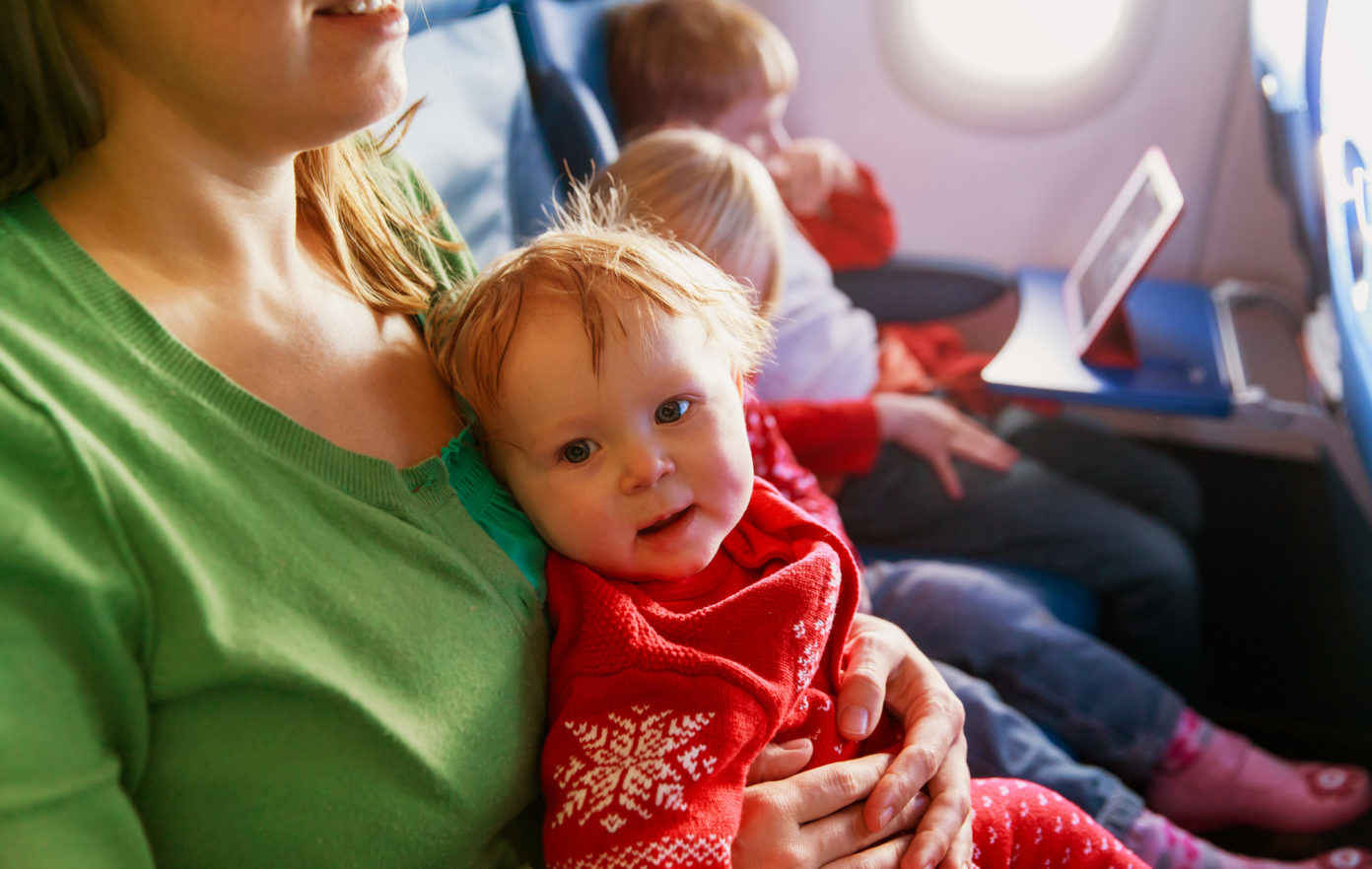

Not approved for use as child restraint systems on an aircraft, as they are designed to be used with a car lap and shoulder belt.Booster seats (for older children who have outgrown their car seat).

The following devices are not approved for use as child restraint systems on an aircraft: Devices not approved for use as child restraint systems on an aircraft Transport Canada recommends that the AmSafe CARES device be used within the limitations specified by the manufacturer. It uses the existing aircraft passenger safety belt and holds the upper torso of the child against the back of the seat. This device is specifically designed for children weighing 10–20 kg (22–44 pounds) and under 100 cm (40 inches) tall. Please check with your airline before your flight. The AmSafe CARES, a child restraint device designed for use on board aircraft, may be accepted for use by some airlines. To be used on board an aircraft, your device or car seat must have a statement of compliance label indicating the date it was manufactured and confirming that it meets the applicable design standard. TÜV/958-01/2001 – Qualification Procedure for Child Restraint Systems for Use in Aircraft 44 Revision 3 (or later amendments) – Uniform Provisions Concerning the Approval of Restraining Devices for Child Occupants of Power-Driven Vehicles (“Child Restraint Systems”) that has been qualified in accordance with German TÜV Doc. United Nations Economic Commission for Europe Regulation No.Australian/New Zealand Standard 1754:2013 (or later amendments) – Child restraint systems for use in motor vehicles.United States Federal Motor Vehicle Safety Standard 213 – Child Restraint Systems.Canada Motor Vehicle Safety Standard 213.1 – Infant Restraint Systems.Canada Motor Vehicle Safety Standard 213 – Child Restraint Systems.Child restraint systems approved for aircraftĬhild restraint systems acceptable for use in Canadian aircraft must meet the following Canadian and foreign design standards: secure straps out of the way since tether straps cannot be used on board the aircraftĪircraft seats are designed to different standards than automobile seats, so restraint devices may work differently and fit differently in them.tighten the aircraft seat belt through the correct path on the car seat.follow the manufacturer’s installation instructions.check with your airline for its specific policies.Using a familiar car seat will make your child more comfortable, and you can also use it when you reach your destination. The use of a car seat provides the best protection for the infant or child and minimizes the effects of unanticipated turbulence. Any car seat intended for use on board an aircraft must have a statement of compliance label indicating the date it was manufactured and confirming that it meets the applicable design standard. Child restraint systemsĪlthough children under 2 years old may be held in your arms during a flight, Transport Canada highly recommends that you use an approved child restraint system (car seat) for all phases of the flight. It is difficult and dangerous to try to evacuate an aircraft while holding 2 or more infants because the rows, aisles and emergency exits are narrow. Evacuating an aircraft must be done quickly. One passenger for each child under 2 years oldįor the safety of both adults and children, the Canadian Aviation Regulations require that no passenger can be responsible for more than one infant (child under the age of 2). If you have 2 children under the age of 2, another passenger must accompany one of your children, even if you buy seats for them. It also includes packing and pre-boarding tips to make your flight smoother and more pleasant. This page provides specific rules on flying with children and using child restraint systems (car seats) on board the aircraft. Taking children on a plane requires careful planning and preparation. One passenger for each child under 2 years old.


 0 kommentar(er)
0 kommentar(er)
